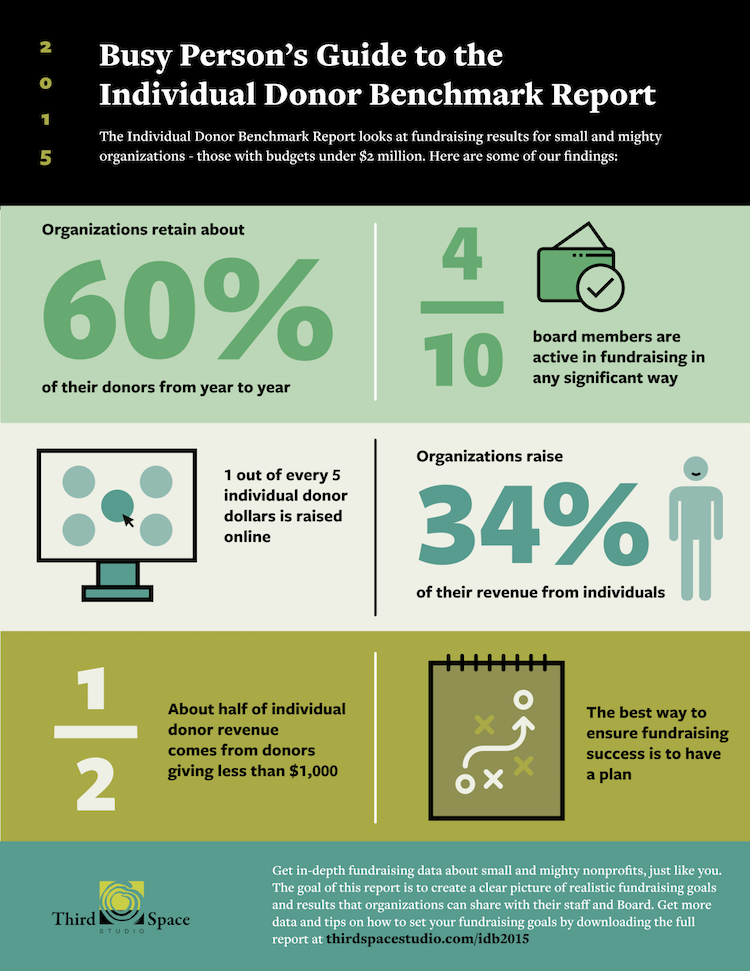“What do you say, Zach, we should be looking at these numbers at the beginning of each year, right?”
I paused for a moment. Did Charles mean that they would only be looking at these fundraising metrics at the beginning of the year, or was he implying that they’d analyze the numbers more than once a year, but in particular they’d make an effort to review them at the start of the new year?
My mind was racing.
“Yes, you should absolutely review these metrics at the beginning of the year.” I said.
“Great. Mike, make a note that we’ll use this once a year at the beginning of the year.” I heard from the other end of the line.
Before I could respond, Charles continued…
“Zach, this has been great. You’ve been a wonderful help. Thanks so much.”
You could hear the “click” as the phone touched the receiver.
Fortunately for me not all of my client training calls end quite so abruptly. Most go beyond our scheduled time slots actually. And, one of the topics I address in nearly all of my conversations with nonprofit professionals is “frequency.” Everyone wants to know, “how often should I use these reports?”
After my phone call with Charles and his colleague Mike, they were convinced that analyzing their key fundraising metrics once a year, at the beginning of the calendar year, was the right (and only) time to do it.
Other folks I talk to ask if reviewing their key metrics daily is a “best practice.” There are a lot of people on both ends of the frequency spectrum.
Let’s address this commonly asked question — how often should you be scrutinizing your key fundraising metrics? And, let’s also address what role these key metrics should play in your fundraising planning and strategy.
Okay, let’s dive in.
Frequency

There are two distinctly different schools of thought when it comes to analyzing fundraising data. One group, like Charles’ suggests looking at the numbers once per year. The other group would argue that you should be analyzing your key fundraising metrics on a more frequent cadence (once per month for example).
You can make a pitch for both.
Let’s say your organization measures donor retention rate and donor lifetime value. Those are the two KPIs that you report on year in and year out.
You could make the justification that reviewing data once per year gives you the context you need to focus your efforts day in and day out. Why spend time measuring donor retention rates weekly or monthly when you could be allocating that time towards efforts that inherently would boost donor retention (i.e. making phone calls, writing letters, etc.)? Measure once, and execute is the mindset of individuals who subscribe to this frequency of analysis.
Folks on the other end of the spectrum would argue that scrutinizing your key metrics only once per year would leave you driving blind. By measuring donor retention rate and donor lifetime value once per month for example, you could identify trends and alter fundraising plans accordingly. You could however also fall into a cycle of analysis paralysis, where you aren’t taking action, but instead focus too much on data.
As with most things in life, the secret here is moderation.
How frequently should you be measuring your key fundraising metrics? I advise our clients to analyze their data once a month or once per quarter. Why? Because you won’t fall into analysis paralysis at that cadence. You’ll also begin to identify underlying trends of “what’s going on.” For example if retention rates decrease three months in a row you’ll be able to see that and act accordingly.
How does data inform my strategy?
With metrics in hand you should be able to justify changes in strategy. Research has shown that having a fundraising plan is a primary contributor to derive fundraising success. Traditionally, when an organization creates a plan they stick to it.
More recently innovative for-profits and nonprofits have adapted plans and strategies that are the opposite of those traditionally rigid approaches. Instead of creating a plan and sticking to it, these organizations subscribe to the theory that the sooner they alter their plan, the more effective they will be.
Measuring key metrics monthly provides the president to “move fast.” Take for instance a three month trend in donor lifetime values. If month over month over month you see LTV decreasing it would be a sign that something is going on in the minds of your supporters. You could investigate why that is happening (interview donors, analyze which appeals were sent out, review major events and news that occurred, etc.) and suggest corrective actions the development team can take.
Likewise, if you see your key metrics improving you’ll be able to report them to your team. Accountability stems from having clear expectations which are met. If you’re measuring your metrics monthly and surpassing your expectations you not only will be able to show accountability, but you’ll also be able to justify that request for a pay increase! Okay, maybe not quite, but you sure will be able to highlight the success you and your team are experiencing.
Applying this at your shop
You can get away with measuring your key fundraising metrics at whatever frequency you’d like, but if I were you, I’d instill it in your organizational culture to scrutinize them once a month or quarter.
Avoid analysis paralysis, and don’t navigate blindly. Frequent, but non disruptive analysis of key metrics is crucial to fundraising success.
Good luck!






Once a quarter should do it.